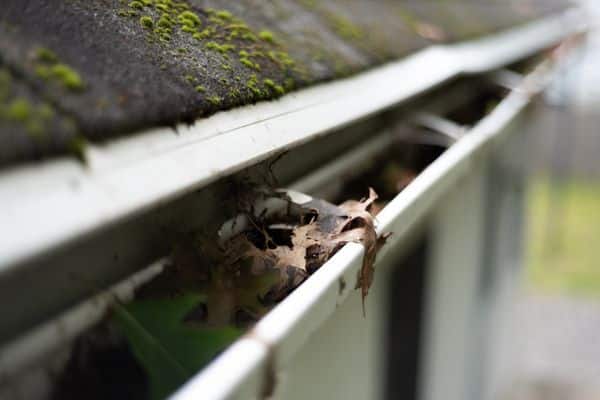While it’s easy to overlook our dryer’s health and safety needs, it’s important to pay attention to lint clogs in our dryer vents. Failing to clean out lint buildup regularly can be dangerous and lead to fires. It’s crucial to understand what causes lint clogs in your dryer vent and how to prevent them.
Understanding How Accumulated Lint Becomes a Fire Hazard
One of the most common causes of lint clogs in dryer vents is inadequate ventilation. When a dryer vent isn’t well ventilated, the hot air, combined with the lint, accumulates and can easily catch fire. This happens when the lint gets too hot and can ignite with the slightest spark or flame.
Another common cause of lint clogs is a bend or kink in the dryer vent hose. This can cause the airflow to be blocked, resulting in the air staying hot and resulting in a buildup of lint.
Most people also don’t realize that a bird’s nest or other debris can clog your dryer vent. It’s essential to check both the exterior and the interior of your dryer vent for any debris.
Why Regular Maintenance is Key
Aside from understanding what causes lint buildup in your dryer vent, it’s crucial to ensure that you’re performing regular maintenance to keep it as clean as possible. For example, regularly vacuuming out the lint trap in your dryer is one way to help keep the lint from accumulating. But it’s important to regularly clean the dryer vent to remove any lint buildup that may have already taken place.
Having your dryer professionally cleaned by a reputable company at least once a year is also key. Not only will they be able to remove any lint buildup completely, they will also be able to check for any potential problems with the vent, such as a bend or kink that may be due to poor installation.
Preventing Lint Buildup
Aside from performing regular maintenance, there are other steps you can take to help reduce the likelihood of lint buildup in your dryer vent. One is to ensure plenty of ventilation in the space around your dryer, especially if you’re in a smaller area. This will ensure that the hot air can escape and not accumulate in the dryer vent.
Another important thing you can do is to avoid overloading your dryer. Doing so can cause the tumbler to spin slower and the hot air to be unable to properly escape through your dryer vent, resulting in a lint buildup.
Replace Older Vents
If you’ve noticed that you’re dealing with lint clogs in your dryer vent regularly, you may need to replace it with a newer model. Dryer vents do wear out over time, and an older model is more likely to have a kink or bend, which will lead to an accumulation of lint.
It’s also key to ensure that the new dryer vent is installed correctly. A bend or kink in the vent can severely reduce the airflow, leading to a lint buildup.
How to Clean a Dryer Vent Properly to Prevent Lint Buildup
Once you understand what causes lint buildup in your dryer vent and have taken steps to prevent it, it’s vital to know how to clean the dryer vent properly to ensure that any lint buildup is removed completely.
Start by unplugging your dryer and using a vacuum to remove as much lint as possible from the dryer vent and the exterior of your dryer. Make sure that you get into the nooks and crannies, as this is where lint tends to accumulate.
Once you’ve done that, you can use a dryer vent brush to clean the interior of the dryer vent. You can then replace any worn or damaged parts, such as the vent hose or vent cover.
Conclusion
When it comes to lint buildup in your dryer vents, it’s vital to have an understanding of the common causes and steps that can be taken to prevent it. Regularly vacuuming the lint trap, performing a yearly professional cleaning, and ensuring adequate ventilation can all help to reduce the likelihood of a lint clog in your dryer vent. Replacing an older vent with a newer model and ensuring proper installation can also help ensure that your dryer vent is functioning correctly.









